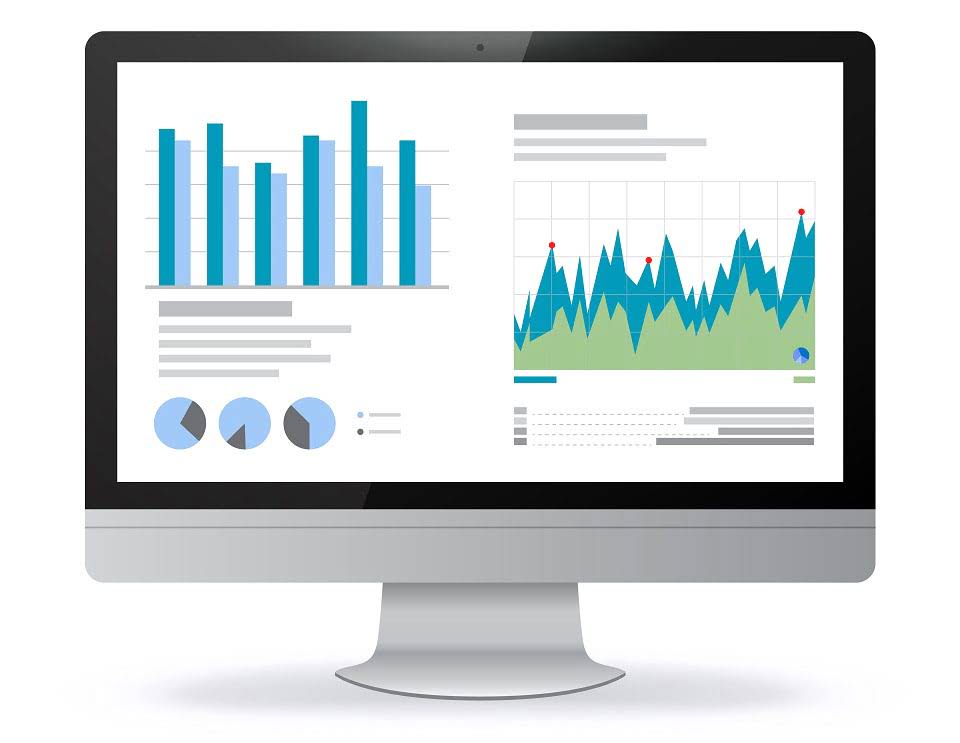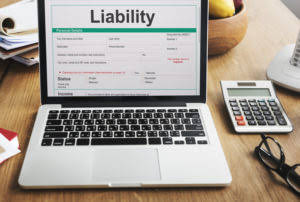Statement of Retained Earnings: What is it? How to Prepare It, and Examples

When a company consistently retains part of its earnings and demonstrates a history of profitability, it’s a good indicator of financial health and growth potential. This can make a business more appealing to investors who are seeking long-term value and a return on their investment. Basically, you take the amount of retained earnings from the previous period, add any profits (or subtract losses) from the current period, and then subtract any dividends you’ve paid out to shareholders. The statement does not reveal the company’s overall profitability; rather, it only lists the number of earnings that the company has retained and reinvested.
- While net income measures a company’s earnings for a single period, retained earnings show the accumulation of profits over time.
- Retained earnings represent a crucial component of a company’s financial health, as they provide the resources needed to support growth and investment in the future.
- It complies with GAAP guidelines for financial reporting and disclosure requirements.
- ABC Inc. has been a successful clothing retailer in business for ten years.
- A statement of retained earnings shows the changes in a business’ equity accounts over time.
Understand your financial statements
- The statement of retained earnings is also called a statement of shareholders’ equity or a statement of owner’s equity.
- Because the dividend payment is bigger than the net profit, the year-end earnings are less than the opening balance.
- While the calculation itself is straightforward, the thought process behind how much to retain versus distribute in dividends reflects a company’s long-term strategic planning and fiscal discipline.
- From the question, we were not given the shares issued during the current reporting period.
- In essence, the statement of retained earnings transcends its role as a mere financial report.
- The main goal of the statement of retained earnings is to lay out the company’s plans for its capital allocation.
Instead, companies hold back those earnings for investments in working capital or fixed assets. In simple words, the retained earnings metric reflects the cumulative net income of the company post-adjustments for the distribution of any dividends to shareholders. Retained Earnings on the balance sheet measures the accumulated profits kept by a company to date since inception, rather than cash flow issued as dividends. When dividends are declared in a specific period, they must be subtracted in the statement of retained earnings of that period. However, earnings are automatically recording to statement of retained earnings, balance sheet, and statement of change in equity for the system.
- Transparency in these adjustments is vital, as they significantly impact metrics and ratios used by investors and analysts.
- The net income or loss for the period is used to calculate the change in retained earnings.
- Visualize this process as setting the stage before the hustle and bustle of business activities come into play, ensuring that the starting line is clearly marked.
- Instead, they reallocate a portion of the RE to common stock and additional paid-in capital accounts.
- These contractual or voluntary restrictions or limitations on retained earnings are retained earnings appropriations.
- The statement of retained earnings is one of four main financial statements, along with the balance sheet, income statement, and statement of cash flows.
- Now that you know the why and when of retained earnings, let’s take an in-depth look at how to prepare them.
How to Prepare a Retained Earnings Statement
Accruing tax liabilities in accounting involves recognizing and recording taxes that a company owes but has not yet paid. The cash flow statement doesn’t include all the elements needed to calculate retained earnings. It’s normal for the number to fluctuate from year to year, since a company’s growth rate or other conditions can change. The retained earnings ending balance is one of the elements of shareholders’ equity. Looking at the statement of retained earnings is a quick way to investigate the capital allocation of any company.
Provide a Three-Line Heading

It serves as a cornerstone of financial transparency, accountability, and strategic decision-making within the organization. Start preparing and analyzing it with ChartExpo to ensure sound financial management and corporate governance practices. Any changes or movements with net income will directly impact the RE balance. Factors such as an increase or decrease in net income and incurrence of net loss will pave the way to either business profitability or deficit. The Retained Earnings account can be negative due to large, cumulative net losses. Lenders and creditors are continually looking for evidence that a business will be able to settle statment of retained earnings debts and make credit repayments.
How to Properly Prepare a Statement of Retained Earnings?

Retained earnings are profits a company keeps instead of paying to shareholders as dividends, crucial for growth. One of the most essential facts of business is that companies need capital to grow. For many companies, some of that capital comes from retained earnings—the portion of profits a company keeps instead of paying it out to shareholders. The ending balances at 29 February 2019 (in the equity section of the balance sheet) become our balances at the beginning of the current reporting period (in our equity statement), 01 March 2019. Absolutely, retained earnings can be distributed among shareholders in the form of Accounts Payable Management dividends. This payout is at the discretion of the company’s management and board of directors.

